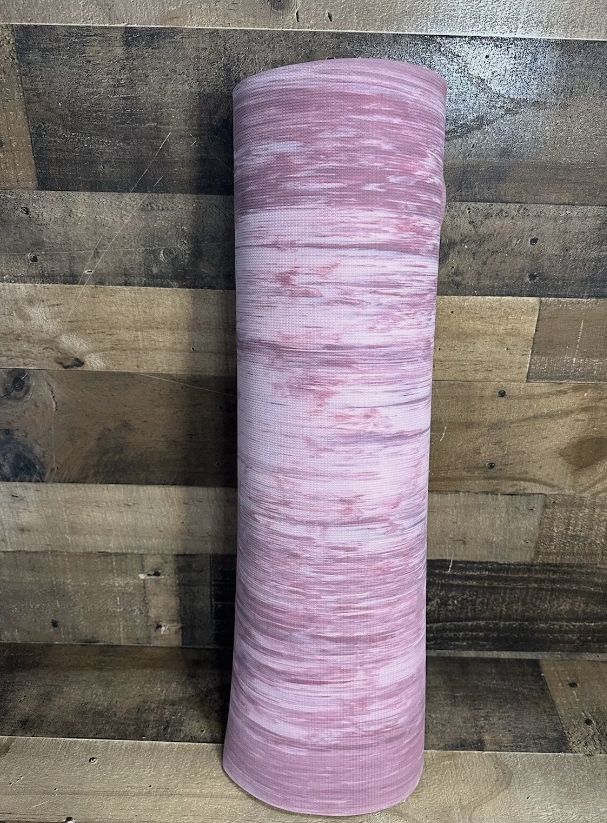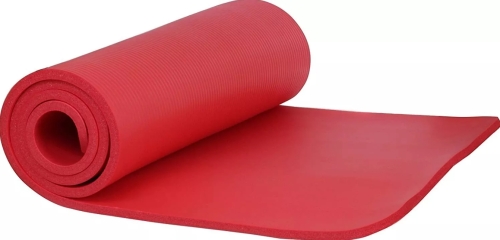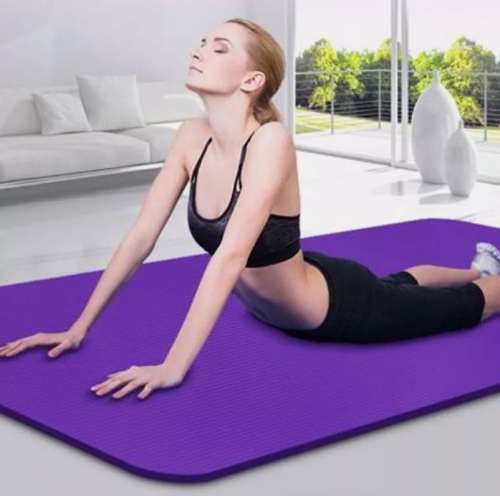Yoga mat is an indispensable part of yoga practice, it not only provides a comfortable practice environment for practitioners, but also ensures safety to a certain extent. Whether you are a beginner or an experienced yoga enthusiast, choosing the right yoga mat is crucial.
First of all, the material of the yoga mat has a direct impact on the practice experience. Common materials on the market are PVC, TPE, natural rubber and mixed materials. PVC pad is economical, but its environmental performance and durability are less; TPE MATS are more environmentally friendly and suitable for those who pursue a sustainable lifestyle; Natural rubber pads provide excellent grip and comfort and are the first choice for many professional practitioners.
Secondly, the thickness of the yoga mat also needs to be selected according to the needs of the individual. Generally speaking, yoga MATS between 3mm and 6mm in thickness are more common. Thinner MATS are better for exercises that require accurate perception of the ground, such as meditation and static asanas, while thicker MATS provide more cushioning and are suitable for dynamic exercises that require greater body support, such as power yoga or hot yoga.
Color and pattern are also aspects to consider when choosing a yoga mat. A beautiful mat can stimulate the interest of the practitioner and increase the fun of yoga practice. Some brands have also launched MATS with special designs to reflect personalized style and increase the motivation of practice.
In addition to these basic selection factors, it is also very important to maintain and clean your yoga mat. Regular cleaning can not only extend the service life of the mat, but also maintain the hygiene of the practice environment. Most yoga MATS can be easily cleaned with warm water and neutral detergent, but it is necessary to avoid using strong acid or alkali detergents to avoid damaging the material of the mat.
















